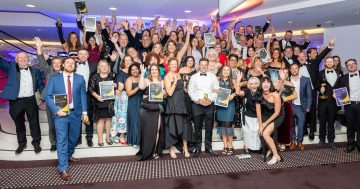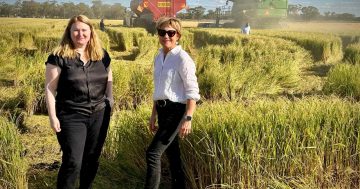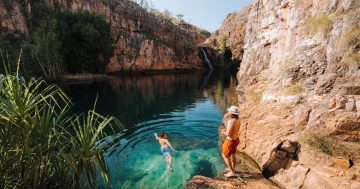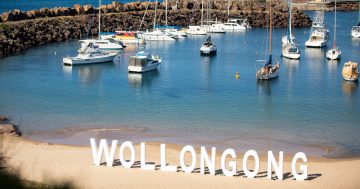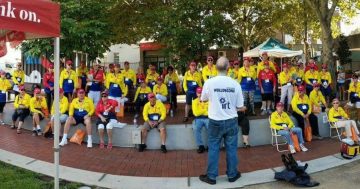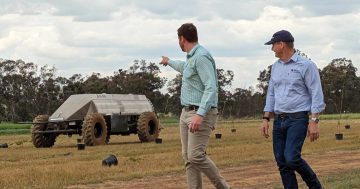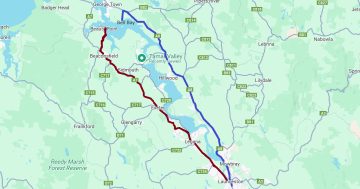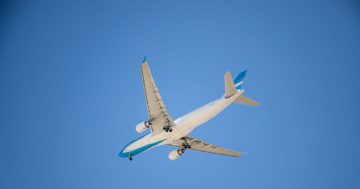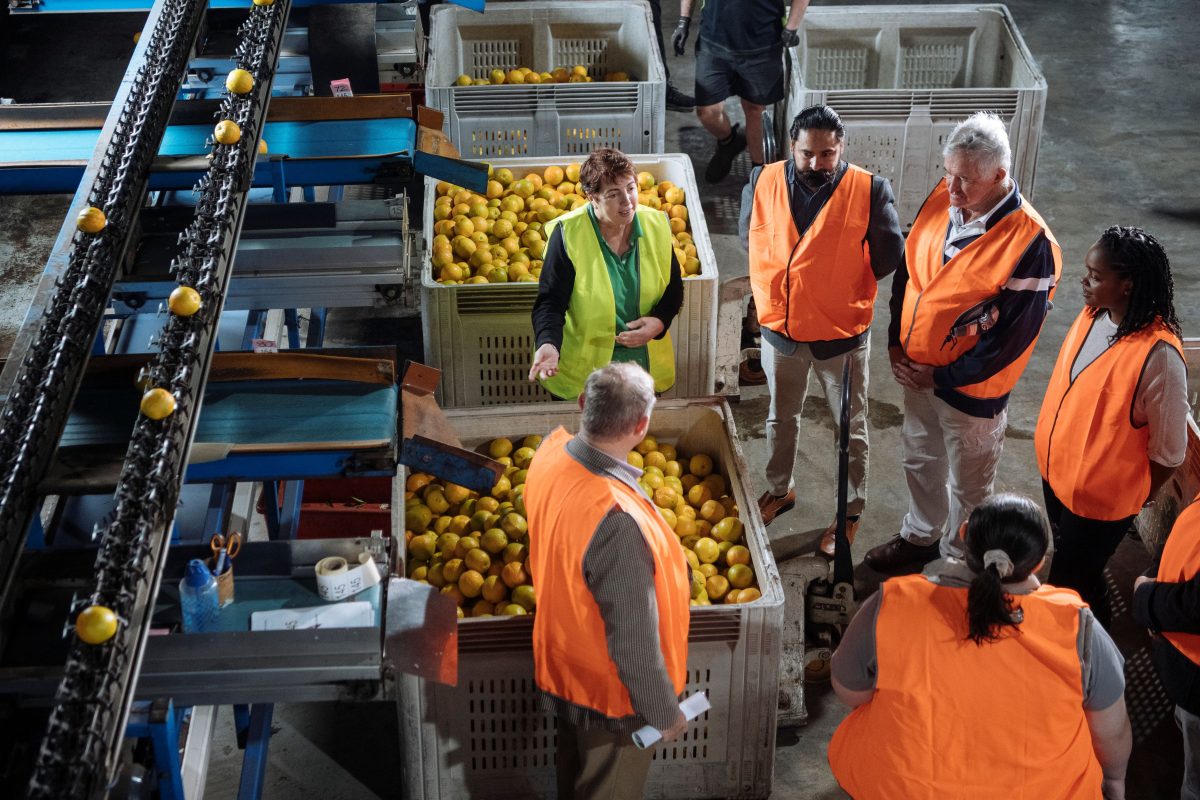
The business of agritourism will receive a boost with the launch of Destination Riverina Murray’s new development strategy. Photo: Riverina Agricultural Tours, courtesy Destination NSW.
Destination Riverina Murray (DRM) has unveiled its Riverina Murray Agritourism Development Strategy, aimed at transforming the region into a premier agritourism destination.
The 2024-2033 strategy, now available for public access, outlines a visionary roadmap to harness the unique agricultural assets and natural beauty of the Riverina Murray area.
The Riverina Murray visitor economy region in NSW encompasses 149,000 square kilometres, the third longest navigable river in the world, 16 national parks, two RAMSAR listed wetlands, one world heritage listed area, 22 local government areas (LGAs) and is home to more than 275,000 people.
In the Riverina it includes Bland, Carrathool, Coolamon, Cootamundra-Gundagai, Griffith, Hay, Junee, Leeton, Lockhart, Murrumbidgee, Narrandera, Snowy Valleys, Temora and Wagga Wagga.
In the Murray region it includes Albury, Balranald, Berrigan, Edward River, Federation, Greater Hume Shire, Murray River and Wentworth.
Crafted through extensive collaboration with industry stakeholders, community leaders, and tourism experts, the Riverina Murray Agritourism Development Strategy reflects DRM’s commitment to sustainable economic growth, and experiential tourism offerings.
“We are thrilled to unveil the Riverina Murray Agritourism Development Strategy, which embodies our collective vision for unlocking the full potential of agritourism in the region,” said Matthew Lucas, chairperson of Destination Riverina Murray.
“By leveraging our rich agricultural resources and cultural heritage, we aim to create sustainable economic opportunities and provide resilience options to farmers, while preserving the essence of rural life for generations to come.”
Minister for Agriculture, Regional NSW and Western NSW Tara Moriarty said the strategy paved the way for exciting opportunities to bring agriculture and tourism together in the Riverina Murray.
“This strategy shows how two key industries could support each other to achieve economic and community gains for the region,” Minister Moriarty said.
The CSIRO has identified agritourism as a key growth area for Australia’s regional economy for the next decade, with a nationally projected total expenditure of $18.6 billion by 2030 (growing at about 5 per cent per annum).
The DRM’s strategic blueprint sets forth actionable initiatives to enhance visitor experiences, foster partnerships, and elevate the region’s profile on the global stage.
The Agritourism Development Strategy is available for download and outlines key objectives and initiatives across various sectors, including:
Product Development: Supporting innovative agritourism experiences that showcase the region’s diverse agricultural heritage, from farm stays and food trails to immersive cultural exchanges.
Infrastructure Enhancement: Advocating for investment in critical infrastructure projects to improve accessibility, accommodation options, and visitor amenities, ensuring a seamless and enriching agritourism experience for all.
Marketing and Promotion: Fostering implementation of targeted marketing campaigns and digital strategies to amplify the region’s unique selling propositions and attract domestic and international visitors seeking authentic agritourism adventures.
Community Engagement: Empowering local communities through capacity-building initiatives, training programs, and collaboration opportunities, fostering a sense of pride and ownership in the region’s agritourism identity.
DRM invites community members, local businesses, and tourism and agricultural stakeholders to explore the Riverina Murray Agritourism Development Strategy, which received $105,837.50 from the NSW Government to support its development.
For more information about Destination Riverina Murray and its initiatives, visit www.riverinamurray.com.au or download the Agriculture Tourism Development Strategy.
What is agritourism?
Just that – visitor interaction with farms, farm-related products and agriculture. Agritourism is a tourism-related experience or product that connects agricultural products, people or places, with visitors to a farm or to an ancillary off-farm location that provides strong interpretation of the produce, product or process.
Agritourism can provide significant social benefits for farmers and the broader community through increased employment opportunities, increased social contact and sense of purpose, lifestyle changes and an opportunity to tell their story and distribute direct to consumers.
It can provide benefits to both consumers through connection to primary producers and a greater understanding of where their food comes from; and to farmers and their communities through strengthening their brand and building customer loyalty, diversification of income and social benefits.
The DRM’s development strategy identified that most of the leading agritourism regions across Australia and the world have a vastly different agricultural sector to the Riverina Murray.
It said many leading agritourism regions have a hub of boutique/gourmet products in a relatively small and attractive setting (such as wine regions).
“They can have boutique farms and farm gates that are often building small consumer brands.
“While the Riverina Murray has some pockets of this, the region has predominantly larger land holdings dominated by dry land grazing, commodity cereal-based cropping and large-scale irrigated agriculture,” the strategy stated.
Original Article published by Vanessa Hayden on Region Riverina.



